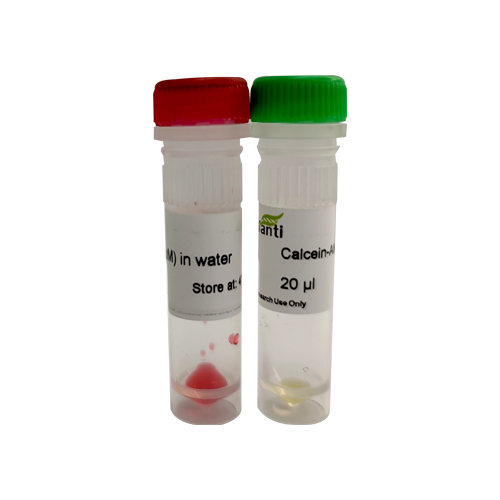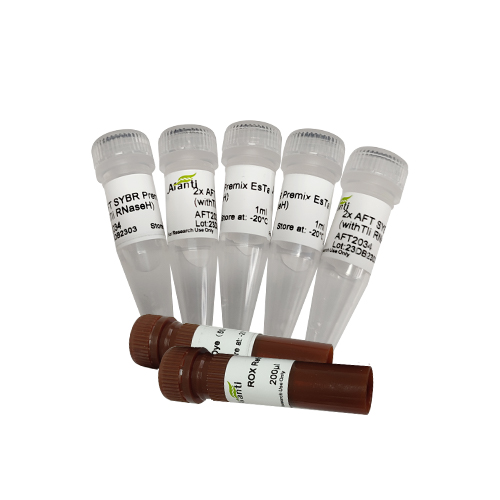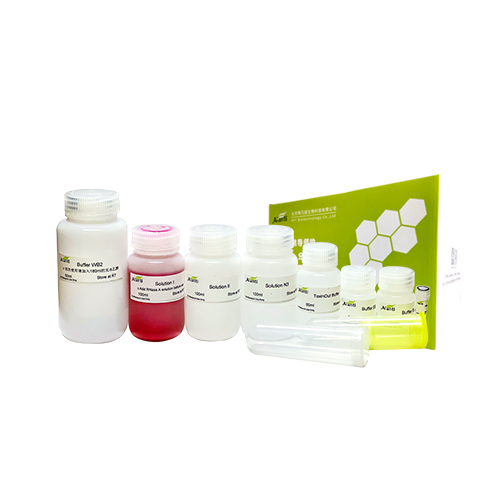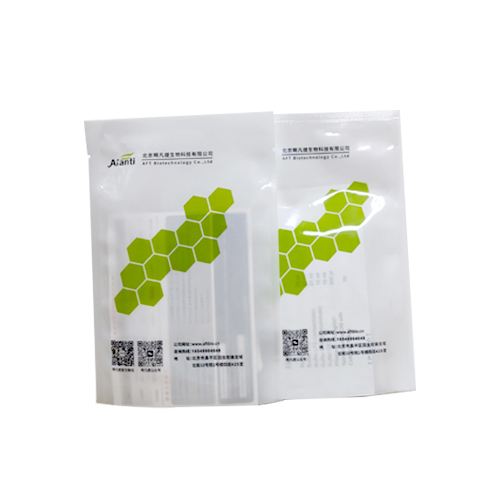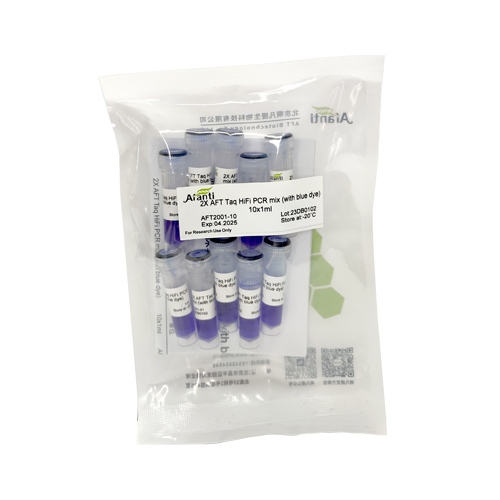
【储存条件】 长期保存,请置于4˚C (切勿结冰冻住)。
【产品简介】
AFT Lipo2000 Transfection Reagent is a proprietary formulation for transfecting nucleic acids into a wide range of eukaryotic cells. DNA-Lipo 2000 complexes must be made in serum-free medium such as Opti-MEM® Reduced Serum Medium and can be added directly to cells in culture medium, in the presence or absence of serum/antibiotic. It is not necessary to remove complexes or change/add medium after transfection. The amount of Lipo 2000 Reagent required for successful transfection varies depending on the cell type and passage number. Start any new transfection by testing the recommended four concentrations of Lipo2000 Reagent to determine an optimum amount.
【产品组分】 AFT Lipo2000 Transfection Reagent 0.75 ml
【实验前准备】
1. Plate cells so they will be 70–90% confluent at the time of transfection.
2. Prepare plasmid DNA-lipid complexes.
3. Add DNA-lipid complexes to cells.
【操作步骤】
A、Lipo2000 DNA Transfection Reagent Protocol(具体方法见后面)
![]()
Component 96-well 24-well 6-well
![]() Final DNA per well 100 ng 500 ng 2500 ng
Final DNA per well 100 ng 500 ng 2500 ng
Final Lipo2000 Reagent per well 0.2–0.5 μL 1.0–2.5 μL 5.0–12.5 μL
![]()
B、Co-Transfection of Plasmid DNA and siRNA
Transfect plasmid DNA and siRNA at the same time using Lipo2000 Reagent by adding 30 pmol (~0.6 μg) of siRNA per 1 μg of DNA.
C、mRNA Transfection
mRNA can be transfected in a 24-well plate using Lipo2000 Reagent by adding 0.5–1 μg of mRNA per well.
D、Lipo 2000 DNA Transfection Reagent Protocol(具体方法)
Transfect cells according to the following chart. Volumes are given on a per-well basis. Each reaction mix is sufficient for triplicate (96-well), duplicate (24-well), and single well (6-well) transfections, and accounts for pipetting variations. Adjust the amounts of components according to your tissue culture format. For additional information on scaling your transfection reaction, see page 1.

【举例:质粒DNA的转染】
对大多数细胞来说,DNA(µg)与Lipo2000 (µl)的比例为1:2~1:3。转染时高的细胞密度可以得到高的转染效率和表达水平,并能减少细胞毒性。
1. 以24孔板为例
贴壁细胞: 转染前一天,用500 µl不含抗生素的培养基接种0.5~2×105细胞,使之第二天能达到70-90%汇合。
悬浮细胞:在准备DNA-Lipo2000复合物之前,用500 µl不含抗生素的培养基接种4~8×105细胞即可。
2. 对每个转染样品,进行以下操作
a. 在eppendorf管里分别加入50 µl Opti-MEM I ReLipced Serum Medium和0.8 µg DNA轻柔混匀,制成DNA稀释液。
b. 在另一个eppendorf管里分别加入50µl Opti-MEMI ReLipced Serum Medium和2.0 µl Lipo2000 (注意用前先混匀),轻柔混匀,制成Lipo2000 稀释液,室温静置5分钟。
c. 将DNA稀释液和Lipo2000稀释液混合,轻柔混匀,室温静置20分钟, 形成DNA-Lipo2000复合物。DNA-Lipo2000复合物在室温下可稳定存在6小时。
3. 将DNA-Lipo2000复合物加入到接种好的细胞中,将培养板轻轻地前后摇动,使复合物分散均匀。
4. 在37℃ CO2培养箱中培养4-6小时后更换培养基,继续培养18~48小时。
5. 如要筛选稳定细胞株,则在转染24小时后将细胞按照1:10或更高的比例接种到新鲜培养基中,第二天加入选择性培养基进行筛选。
质粒DNA转染的优化 为达到最高的转染效率和降低细胞毒性的影响,可以对DNA和Lipo2000的比例以及细胞密度进行优化,一般在1:0.5~1:5的范围内优化DNA (µg)和Lipo2000 (µl) 的比例。
【附注:不同细胞,不同培养方式的用量及转染效率】
A、不同细胞培养板中转染时培养基、核酸及Lipo2000用量
细胞培养板 |
每孔面积 | 培养基用量 | DNA转染 | siRNA | |||
铺板培养基用量 | 稀释培养基用量 |
|
|
|
| ||
96-well | 0.3 cm2 | 100 uL | 2 × 25 µl | 0.2 µg | 0.5 µl | 5 pmol | 0.25 µl |
24-well | 2 cm2 | 500 uL | 2 × 50 µl | 0.8 µg | 2.0 µl | 20 pmol | 1.0 µl |
12-well | 4 cm2 | 1 mL | 2 × 100 µl | 1.6 µg | 4.0 µl | 40 pmol | 2.0 µl |
6-well | 10 cm2 | 2 mL | 2 × 250 µl | 4.0 µg | 10 µl | 100 pmol | 5 µl |
60-mm | 20 cm2 | 5 mL | 2 × 0.5 ml | 8.0 µg | 20 µl | 200 pmol | 10 µl |
10-cm | 60 cm2 | 15 mL | 2 × 1.5 ml | 24 µg | 60 µl | 600 pmol | 30 µl |
B、Lip2000转染试剂用于不同细胞转染时用量参考(以96孔板为例)

C、常见细胞的lip2000转染效率(仅供参考,实验条件不同转染效率会有差别):
细胞种类 | HEK293 | HCT 116 | WRL -68 | HepG2 | NIH/3T3 | THP-1 | Hela | MCF-7 | 293T | TS cell | HO1980 | A549 |
转染效率 | >80% | >80% | ~80% | ~80% | ~80% | >50% | >80% | >80% | >80% | >60% | >60% | >80% |
|
|
|
|
|
|
|
|
|
|
|
|
|
细胞种类 | MEF | Chok1 | Hep3B | C2C12 | Neuro-2a | HUVEC | MDCK | Hep2C | WEHI | B50 | Calu1 | L929 |
转染效率 | >50% | >50% | >80% | >80% | >70% | >80% | >80% | >80% | >80% | >70% | >70% | >70% |
